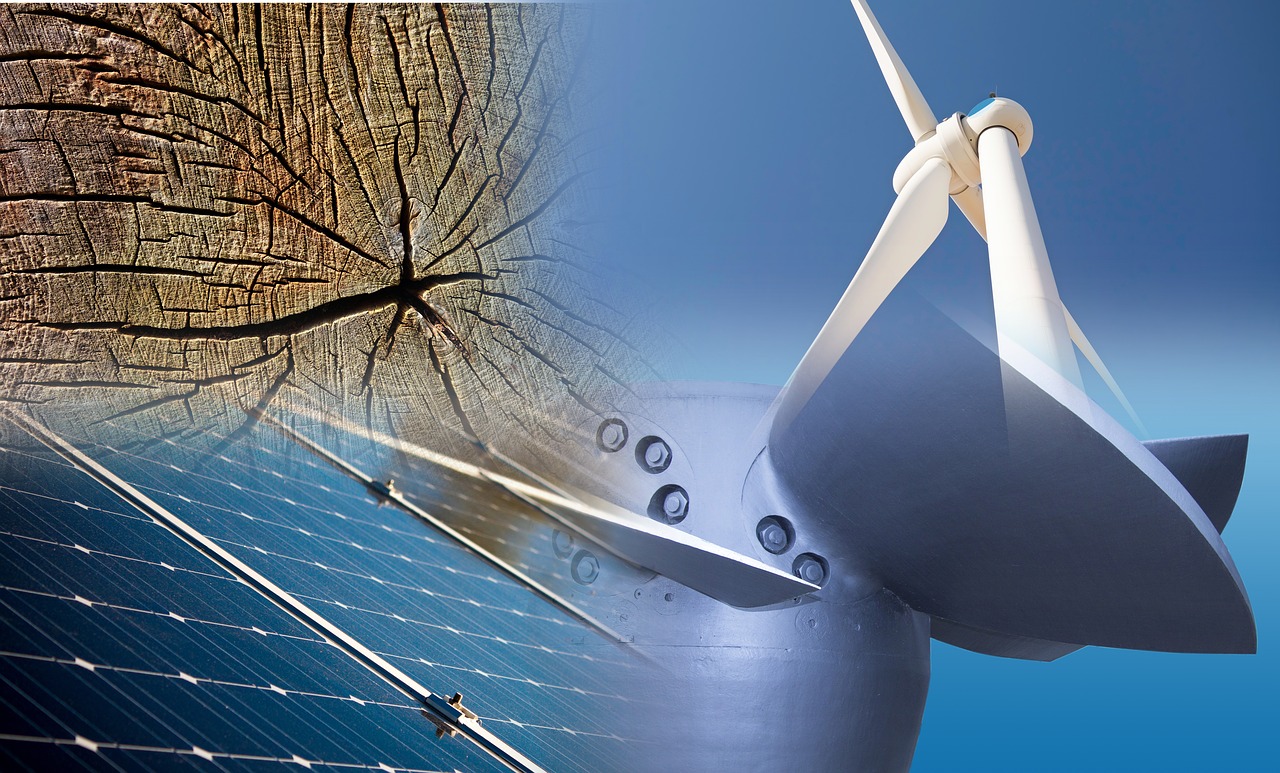In an era marked by increasing environmental consciousness and the urgent need to combat climate change, the concept of renewable energy has emerged as a beacon of hope and innovation. Defined by its sustainable and replenishable nature, renewable energy represents a fundamental shift away from finite and polluting fossil fuel sources towards clean, inexhaustible alternatives.
Understanding Renewable Energy
Renewable energy encompasses energy derived from naturally replenished sources that are virtually inexhaustible on a human timescale. These sources include:
- Solar Energy: Captured from sunlight through photovoltaic cells in solar panels or through solar thermal systems.
- Wind Energy: Generated by harnessing the power of the wind via wind turbines.
- Hydropower: Derived from flowing water, typically by damming rivers to create reservoirs that drive turbines.
- Geothermal Energy: Tapped from the Earth’s heat found beneath the surface.
- Biomass: Derived from organic matter like wood, agricultural residues, or waste, which can be converted into energy through processes like combustion or biochemical conversion.
Advantages of Renewable Energy
- Clean and Sustainable: Renewable energy sources produce little to no greenhouse gas emissions, reducing air pollution and mitigating climate change.
- Abundant and Inexhaustible: Unlike finite fossil fuels, renewable sources are naturally replenished, providing a virtually endless supply of energy.
- Energy Independence: Relying on renewable energy reduces dependency on imported fossil fuels, promoting energy security.
- Economic Benefits: Renewable energy industries create jobs and contribute to local economies, fostering innovation and growth.
Challenges and Progress
Despite their numerous benefits, renewable energy sources face challenges:
- Intermittency: Variability in wind and sunlight means these sources might not consistently generate power, requiring efficient energy storage solutions.
- Initial Costs: The upfront investment for infrastructure like solar panels or wind turbines can be higher, although costs have been declining over time.
However, advancements in technology and ongoing research are addressing these challenges. Breakthroughs in battery storage, improved efficiency of solar panels and wind turbines, and innovations in grid management systems are enhancing the viability and reliability of renewable energy.
The Global Shift Towards Renewable Energy
Countries worldwide are increasingly prioritizing renewable energy in their energy portfolios. Government policies, incentives, and international agreements aim to accelerate the adoption of clean energy sources, setting ambitious targets to reduce carbon emissions and transition to a sustainable energy future.
Conclusion
Renewable energy embodies the promise of a sustainable and cleaner future, offering a viable solution to combat climate change and mitigate the adverse effects of traditional fossil fuel reliance. As technological advancements continue to drive innovation and economies of scale reduce costs, the widespread adoption of renewable energy sources is becoming increasingly achievable and imperative.
The transition to renewable energy represents not only a shift in our energy infrastructure but a commitment to preserving our planet for future generations. By harnessing the power of nature’s abundant resources, we pave the way towards a more resilient, cleaner, and sustainable global energy landscape.


